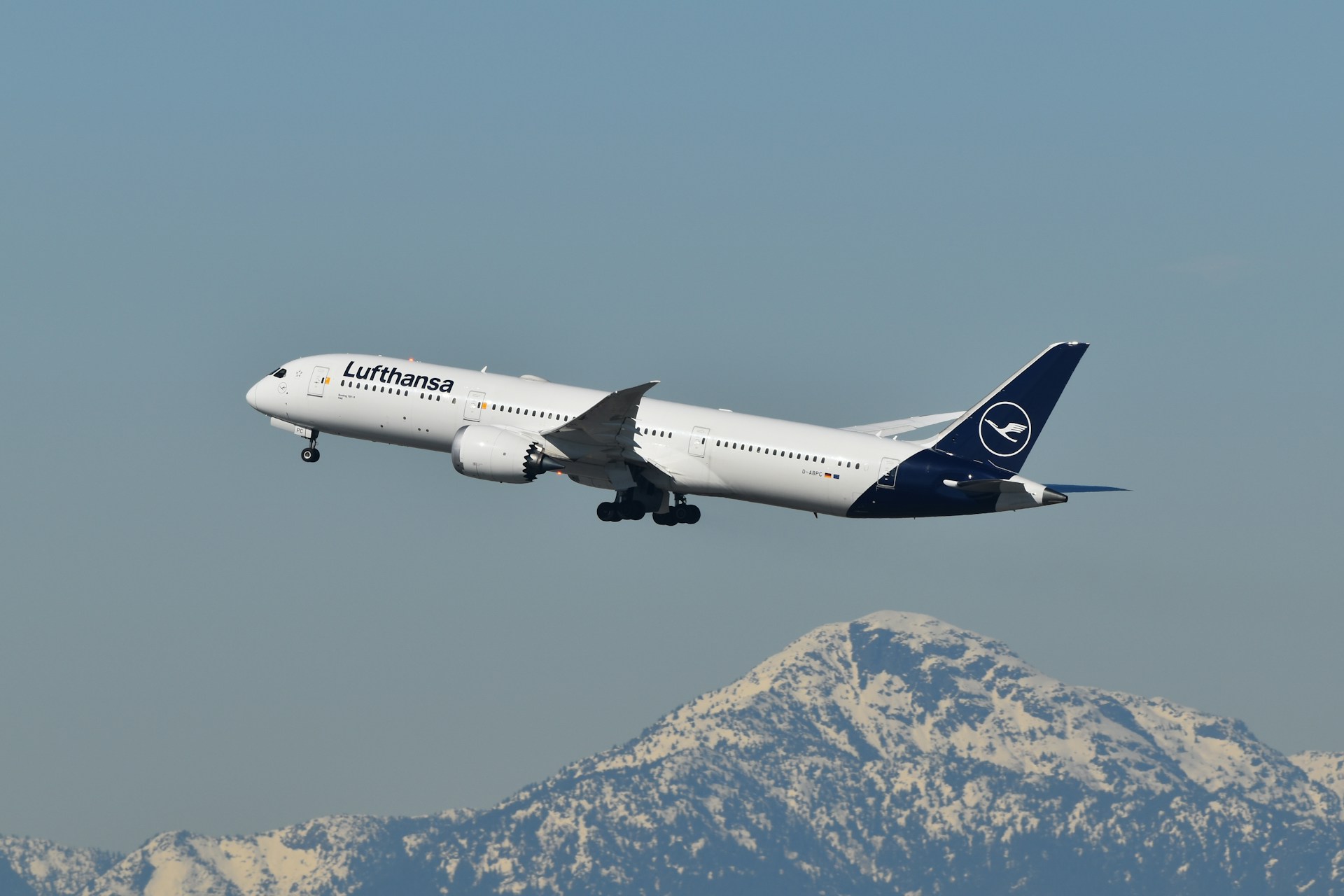Global Airport Traffic Surges Toward Pre-Pandemic Levels
Key Takeaways
- Global airport passenger volumes in October surged, with many major hubs nearing pre-pandemic activity levels.
- Atlanta Hartsfield-Jackson International Airport retained its title as the world’s busiest airport by passenger numbers.
- Middle Eastern hubs such as Dubai and Doha continued rapid expansion, leveraging their position as key connectors between Asia and Europe.
- Asia’s major airports, including those in China and India, saw strong month-over-month gains as domestic restrictions eased.
- Leisure travel hubs gained ground over traditional business centers, signaling a shift in global travel demand.
- Air cargo operations remained strong, underlining their vital role in sustaining aviation revenues and supply chain resilience.
Recovery Takes Flight
The global aviation industry continued its robust rebound in October, with passenger traffic climbing across nearly all regions. Data from major airports revealed encouraging signs of normalization, as both leisure and business travel volumes approached pre-2020 levels.
The resurgence marks a pivotal moment for the aviation sector after years of turbulence. Industry analysts credit a mix of strong consumer demand, resilient domestic networks, and improved international connectivity for the sustained momentum seen across global hubs.
North America Dominates Passenger Volume
The United States remained a driving force behind global traffic growth. Atlanta Hartsfield-Jackson International Airport (ATL) once again topped the list of the world’s busiest airports, a title it has held for decades. With millions of passengers passing through in October, ATL’s dominance stems from its strategic location and extensive Delta Air Lines hub operations.
Los Angeles International (LAX) and Chicago O’Hare (ORD) also posted impressive figures, buoyed by surging domestic travel and the return of long-haul international flights. These results underscore the resilience of the U.S. aviation market, where flexible scheduling and strong airline networks have enabled a faster recovery than in many other regions.
Middle Eastern Hubs Strengthen Global Connectivity
The Middle East continues to consolidate its position as a global aviation powerhouse. Dubai International Airport (DXB) recorded standout growth, benefiting from its central location linking Asia, Europe, and Africa. Emirates’ broad network and Dubai’s open-border policy attracted a diverse mix of passengers, further boosting traffic.
Meanwhile, Doha’s Hamad International Airport (DOH) posted similar success. Supported by Qatar Airways’ aggressive expansion strategy, DOH continues to challenge Dubai for the title of the region’s premier global hub. Both airports have leveraged their geographic advantage to reshape long-haul travel patterns, attracting passengers seeking efficient one-stop connectivity.

Asian Airports Drive Regional Recovery
In Asia, domestic markets are powering the rebound. Chinese airports saw sharp increases in passenger volumes following the easing of travel restrictions, with Beijing, Shanghai, and Guangzhou leading growth. India’s aviation market also recorded strong gains as carriers ramped up capacity to meet surging demand across key routes.
Elsewhere, Tokyo Haneda and Singapore Changi continued to reassert their dominance as Asia-Pacific’s leading gateways. Changi’s reputation for service excellence and Haneda’s growing international network reflect the region’s balanced recovery in both leisure and business segments.
Cargo Remains a Core Strength
While passenger numbers drive headlines, cargo operations remain an unsung hero of aviation recovery. Major hubs across North America, the Middle East, and Asia reported elevated freight volumes, fueled by sustained e-commerce activity and global supply chain demands.
Air freight’s steady performance has provided airlines and airports with critical revenue stability, even as passenger operations fluctuate. The integration of passenger and cargo logistics continues to shape airport development strategies, with many hubs expanding cargo terminals to meet long-term demand.
Shifting Travel Patterns and Industry Outlook
October’s data reveals a subtle yet important shift in global travel trends. Leisure-focused destinations are rising in prominence, while traditional business-heavy routes are recovering at a slower pace. Airlines and airports alike are adjusting capacity and schedules to align with these changing dynamics.
Looking ahead, analysts anticipate continued growth through the winter season, though rising fuel costs and geopolitical uncertainties could temper expansion. Still, the global aviation network is steadily rebalancing—leaner, more efficient, and increasingly diversified.
FAQs
Which airport handled the most passengers in October?
Atlanta Hartsfield-Jackson International Airport led global rankings, supported by Delta’s hub operations and strong U.S. domestic demand.
Why are Middle Eastern airports seeing faster growth?
Their geographic position between Asia and Europe makes them ideal for connecting traffic, while carriers like Emirates and Qatar Airways drive network expansion.
Are Asian airports recovering faster than others?
Yes, particularly in China and India, where domestic travel restrictions have eased and demand has rebounded quickly.
How does cargo traffic contribute to airport performance?
Cargo remains essential, generating stable income and supporting supply chains. Major hubs maintain robust freight volumes even when passenger traffic fluctuates.
What trends are shaping the future of global air travel?
Rising leisure demand, sustainability-focused route planning, point-to-point connectivity, and continued integration of cargo operations are defining the next phase of aviation growth.
✈️ Bottom Line:
October’s airport data paints a picture of a resurgent global aviation industry—one that’s adapting to new passenger behaviors, capitalizing on regional strengths, and balancing passenger and freight operations to secure long-term stability.
.zip%20-%201.PNG)



